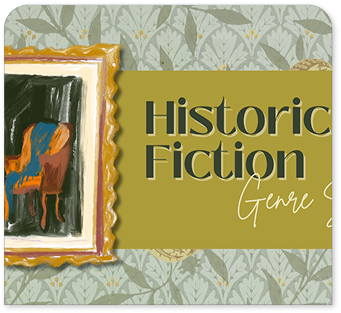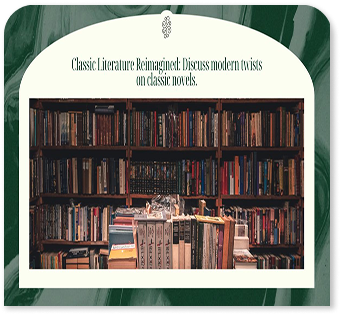-
Mon-Fri: 10AM to 8PM 01722665665
-
My Account
-
-
0
Total :
₹ 0.00

The Dinesh Xact Practical Manual in Chemistry Class 12 by D.D. Arora (S. Dinesh & Co.) is a CBSE & ISC-aligned lab manual covering all prescribed experiments and activities. It includes step-by-step procedures, diagrams, observations, and viva questions for accurate practical exam preparation. Key topics: resistivity, meter bridge, galvanometer conversions, focal length, refractive index, p-n junction diode, and circuit assembly. With clear instructions and error-free calculations, this manual helps students score high marks in board exams. Ideal for Class 12 students, teachers, and competitive exam aspirants.
Yes, it strictly follows the latest CBSE, ISC, and NCERT guidelines.
Yes, well-labeled diagrams and graphs are included for better understanding.
Yes, it strengthens practical concepts useful for competitive exams.
This book is specifically for Chemistry experiments, but the publisher may have a Physics version.
Yes, detailed steps, observations, and calculations are provided.
Absolutely, it is student-friendly with clear explanations.
Yes, sample observations and calculations are included.
Yes, it is written in simple, exam-focused language.
Yes, activities like multimeter usage, diode testing, and LDR study are covered.
Yes, Section B covers all prescribed activities and projects.
Yes, it strictly follows the latest CBSE, ISC, and NCERT guidelines.
Yes, well-labeled diagrams and graphs are included for better understanding.
Yes, it strengthens practical concepts useful for competitive exams.
This book is specifically for Chemistry experiments, but the publisher may have a Physics version.
Yes, detailed steps, observations, and calculations are provided.
Absolutely, it is student-friendly with clear explanations.
Yes, sample observations and calculations are included.
Yes, it is written in simple, exam-focused language.
Yes, activities like multimeter usage, diode testing, and LDR study are covered.
Yes, Section B covers all prescribed activities and projects.


